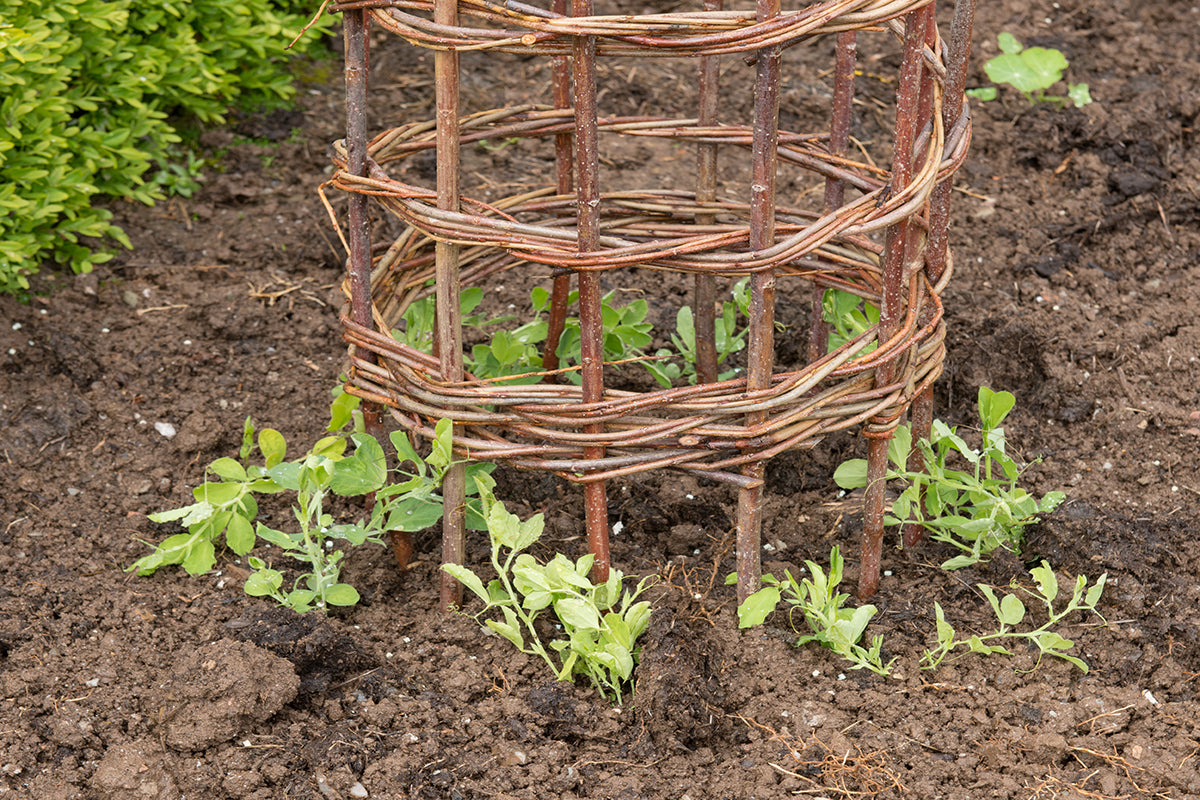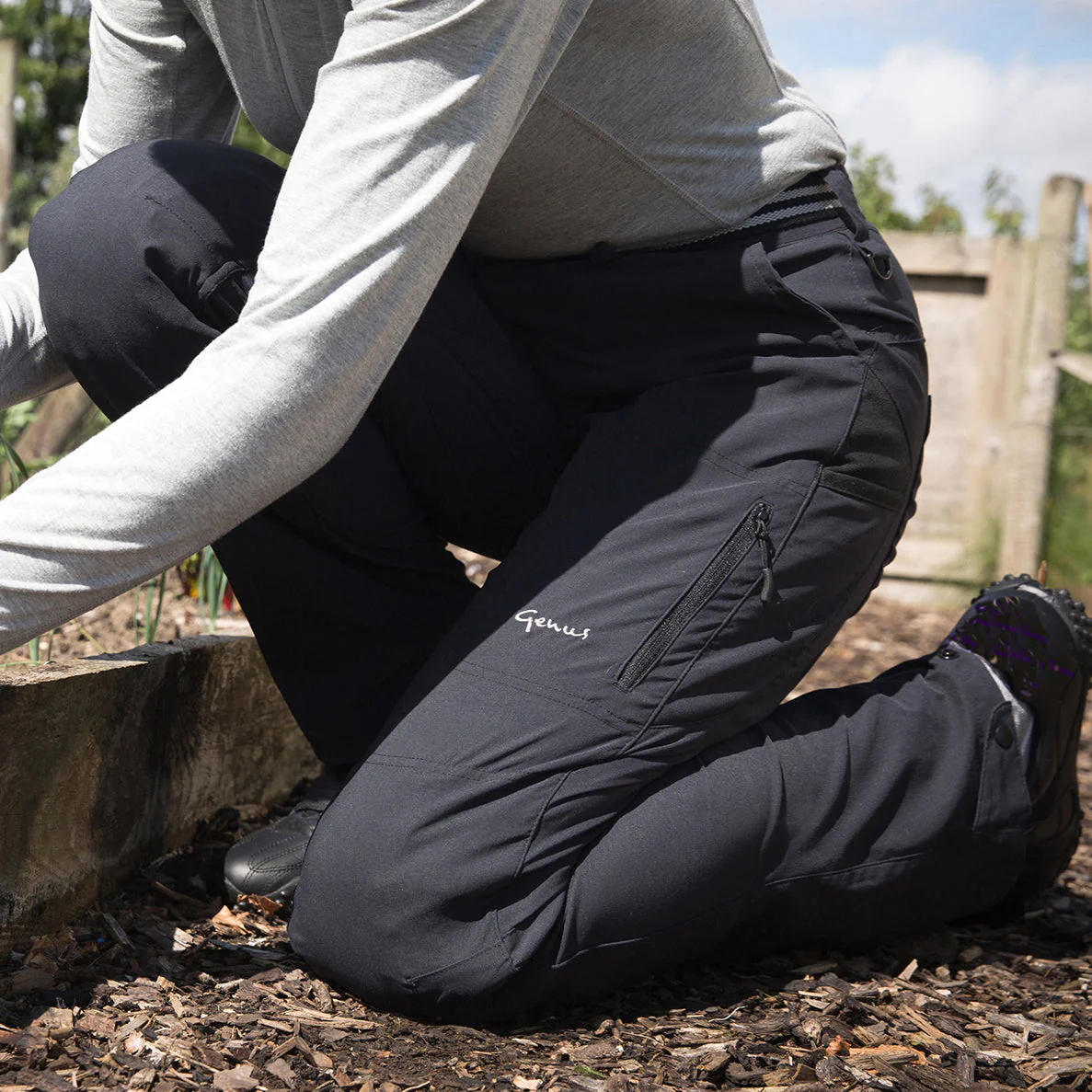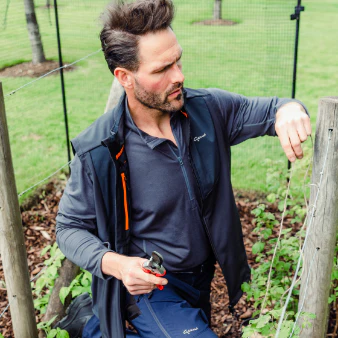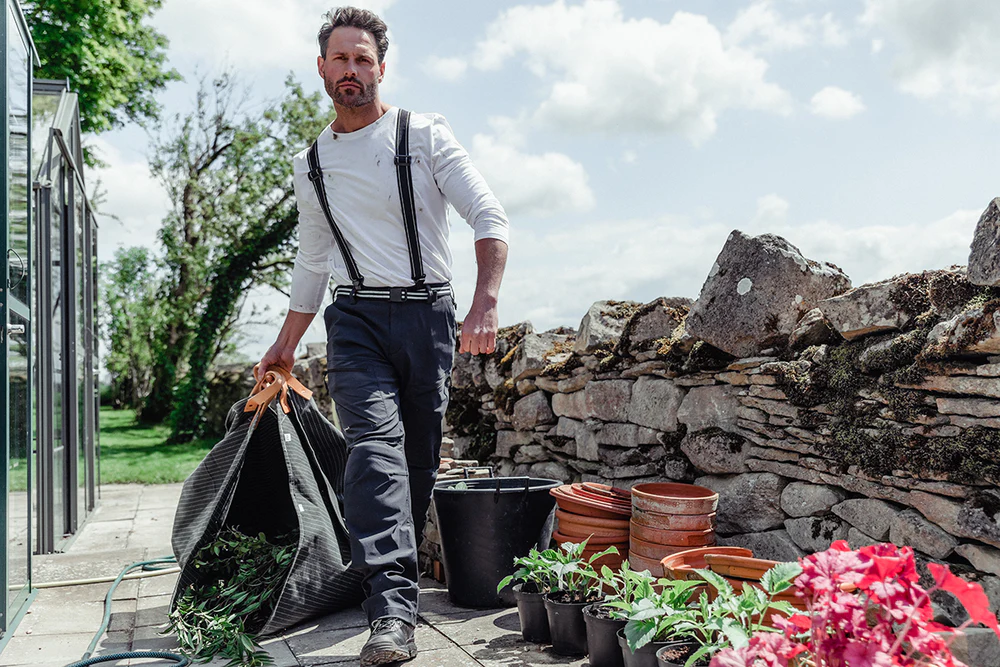Gardeners' notes - what to do in June.

Staking
If you haven't already done it, this month is your last chance to carry out effective staking of your perennials. The recent spell of fine weather can lure us into thinking all is well in the garden but a sudden thunderstorm and any associated strong winds can soon find the weak points in your borders. Those areas are usually where healthy, enthusiastic plants have managed very well in the fine conditions but will now be vulnerable and liable to flopping or falling over when laden with rain and billowed by strong gusts. Once affected it’s never possible to get them looking quite as good again.
The answer is to get your plant supports in position well in advance, April and May ideally, but we’re all human and life often gets in the way. The choice of supports is down to you. Some gardeners prefer intricate woven pieces of willow and hazel - real works of art. For some gardeners, single branches of hazel are used for the taller growing annuals such as Cosmos, and of course the classic ‘wigwam’ is great for sweet peas. Others use a large open plastic or jute mesh stretched right over the border for the plants to grow through.
We like to use the classic bent iron supports that have two legs and a half-moon curved top. Circular grid type tops with link-stakes are also very useful for some of the multi-flowered perennials. Whatever method you use, the sooner it’s done, the easier it will be to gain access to the border and the sooner the supports will disappear as they become enveloped by the ever expanding foliage.
Sow Biennials
It seems strange now with summer just starting that we’re already looking forward to next year, but if you want a fine display of foxgloves, wallflowers, or sweet williams, now is the time to sow them. We try to avoid sowing into pots or trays during the summer months as hot weather, watering, and holidays can always be an issue. We therefore find empty space within the vegetable garden to sow a few drills of our favourite varieties.
Once up and of a manageable size we space them out within the same area often finding more space has appeared as a vegetable crop is harvested. It’s then a simple matter in autumn to transplant them into their final flowering spots within the borders. It’s a hands-off approach that is reliable and avoids many of the issues associated with pot-growing and nurturing plants through the hot months of summer.
Greenhouse Shading
Talking of hot weather, the summer months can turn a greenhouse into an unbearable furnace. Many plants will have been relocated into the borders but tomatoes, aubergines, and cucumbers will still be inside. With temperatures quite capable of reaching over 40 degrees, shading can become essential.
Some top of the range greenhouses will have retractable blinds that can be raised or lowered. Without that luxury another approach is required. Various forms of green or white mesh are available specifically for this purpose and can be clipped or draped over the outside of the greenhouse.
The other option is a spray-on shading. This is a chalky white layer that can be washed off later in the year. The entire greenhouse doesn’t need this attention. Shading only needs to be applied to the southern side of the structure. Daily damping down of the floor also aids cooling as well as making the environment less attractive to a number of pests such as red spider mite that dislike a humid atmosphere.











